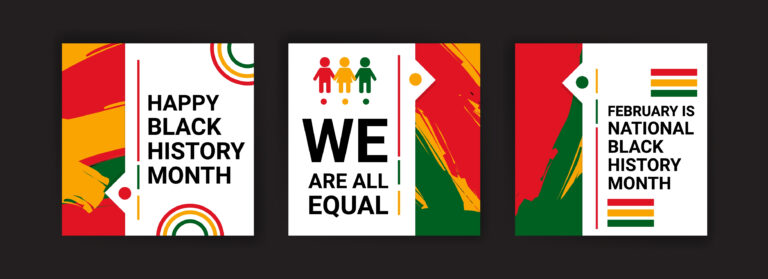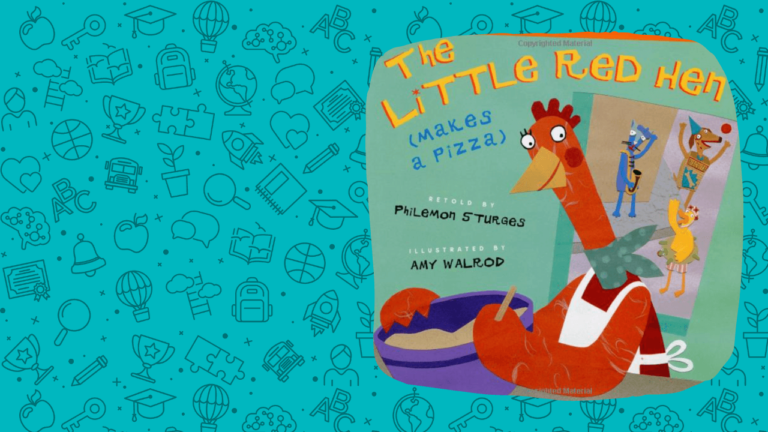During each school year, you form bonds with your students, and you’ll probably even miss them when they move up to the next grade. But, more than anything, you want to know you’ve prepared your students for success, and that they will be happy and healthy in their future school years. The best way to make sure students are on track for academic success is charting their trajectory of improvement all the way through each grade. Progress monitoring and adjusting to more individually targeted instruction fosters accelerated learning for students. But don’t fret if you haven’t been tracking your kids’ improvement all year. It’s never too late to use assessment for learning to set a benchmark that other educators can use as a reference tool. This post will focus on early reading, including the most important areas of literacy assessment, how to create a positive environment for administering a reading evaluation, types of assessments and how to use the data to inform the future literacy instruction of your students.
The 5 Components of Reading
For a child to read proficiently, they must master five key components: phonemic awareness, phonics, fluency, vocabulary, and comprehension. These “Big Five,” as defined by the National Reading Panel, provide a comprehensive picture of what literacy means. Teachers can use assessments of the Big 5 to inform their instructional practices and identify areas in which students are proficient and where they may need more help. By implementing regular evaluation throughout the school year, you’ll see where your students continue to struggle in order to reevaluate and adjust learning goals.

Creating a Positive Assessment Environment
Before you assess your students, you need to set the stage for a positive assessment environment. Create an organized but comfortable space to administer the evaluation, and make sure you have all the necessary materials you and your students will need to be successful. If you’re giving a new assessment, or it’s been a while, practice with another teacher or your own children. If you are administering a test to students you don’t usually teach, be sure to introduce yourself before explaining the purpose of evaluation. Once the assessment is complete, explain the next steps — how long it will take to review it, whether they will be informed of their results and how those results will be used to support their progress.
Types of Scholastic Assessments
Different assessment types inform instruction differently. Depending on the specific goals and objectives you have, you can choose from a number of different types, including four most common:
- Universal Screener – used to identify or predict students at risk for poor learning outcomes

- Diagnostic – used to determine specific learning strengths, weaknesses, skills and abilities
- Formative – used to obtain information about student learning during instruction
- Summative – used to obtain information about student understanding after instruction
The skill level depends on age, but each grade’s end-of-year summative assessment should cover all of the Big 5 components at varying stages. For example, in the area of phonological awareness, most students should be able to test at the following levels:
- End of K: Recognize and produce rhyming words
- End of 1st: Segment single syllable words into individual sounds
- End of 2nd: Should move to phonics skills: Distinguish long and short vowels when reading one-syllable words
- End of 3rd (phonics skills): Decode multisyllabic words
Testing at each level helps you understand your students’ needs and meet them where they are. Start by using this assessment toolkit that includes both in-person and virtual assessments.
Putting Assessment Data Into Practice
Finally, once you’ve completed the assessment process, what do you do with the data? Don’t waste that valuable information. Instead, communicate with leadership about the ways it can be used to inform instruction during the school year, and use it to determine the best strategy for supporting each student in their right way forward.
We all want to see our students succeed. With a free Cox Campus membership, you can take the “Assessing Our Students” course, where you’ll learn to pinpoint and better understand each student’s unique needs and then adapt how you teach to help each and every child learn.




The assessment toolkit link is broken and so are many others,like those in the alphabet knowledge section.
Thank you Mira. Here is the link to the assessment toolkit – https://learn.coxcampus.org/resource/the-assessing-our-students-toolkit-bundle/